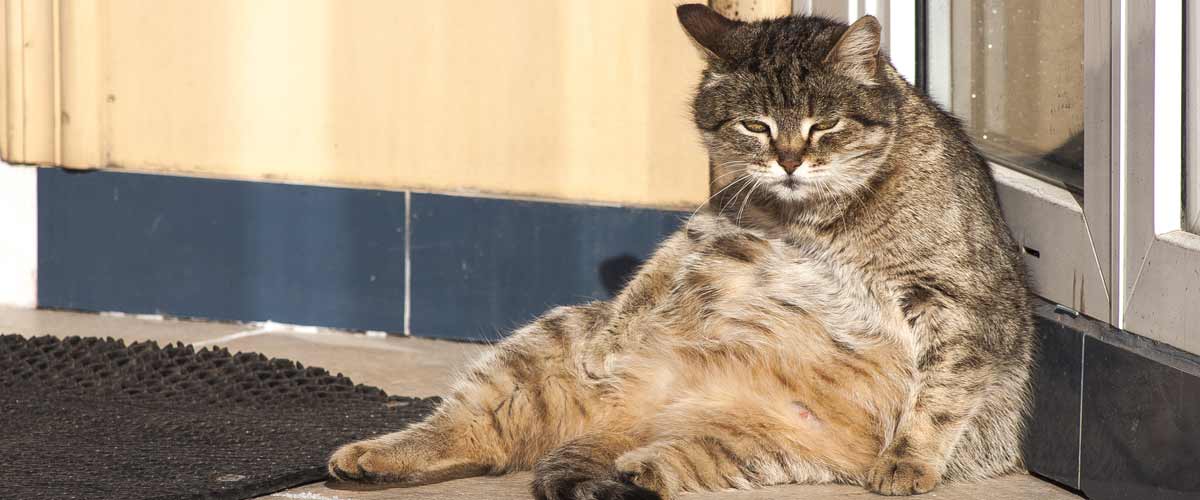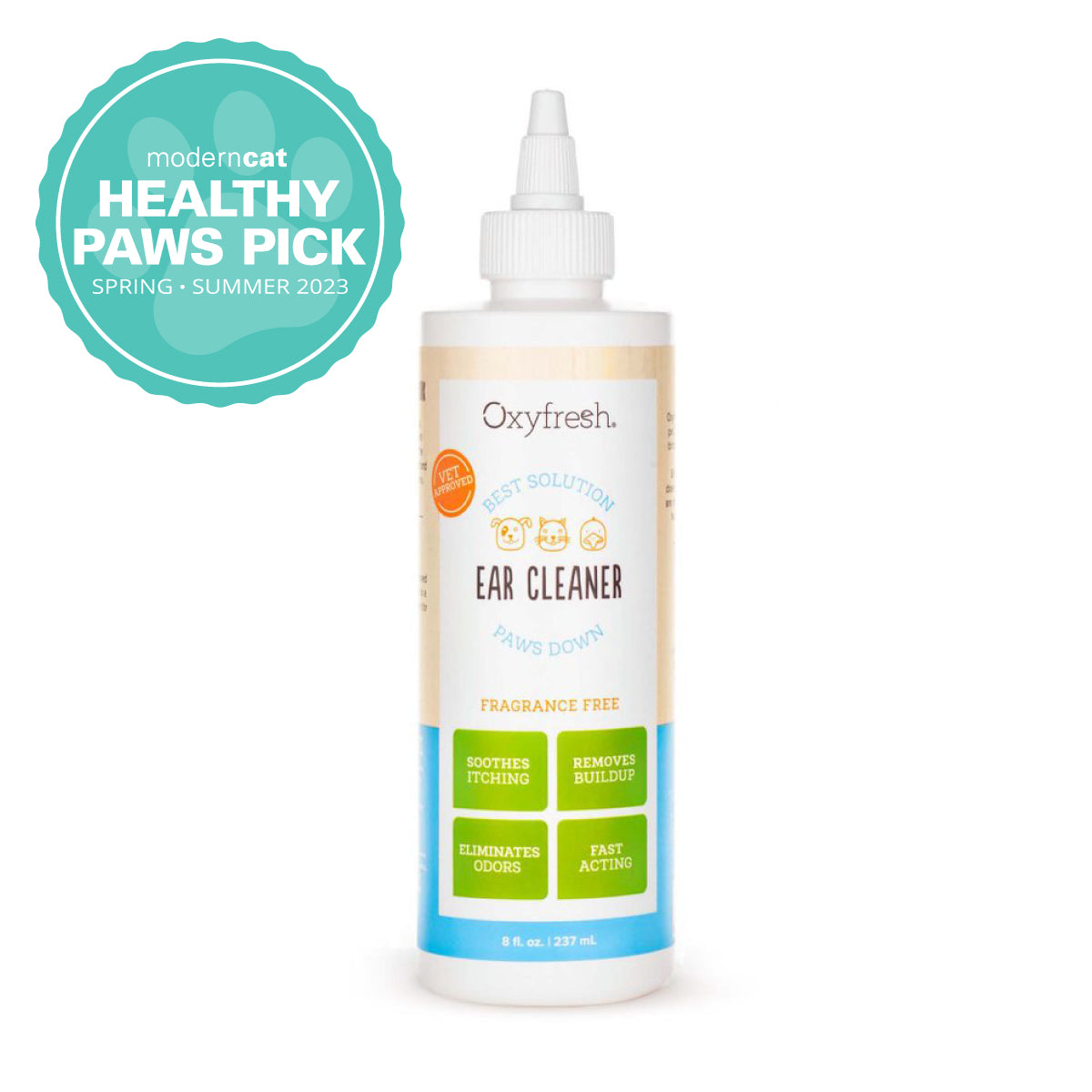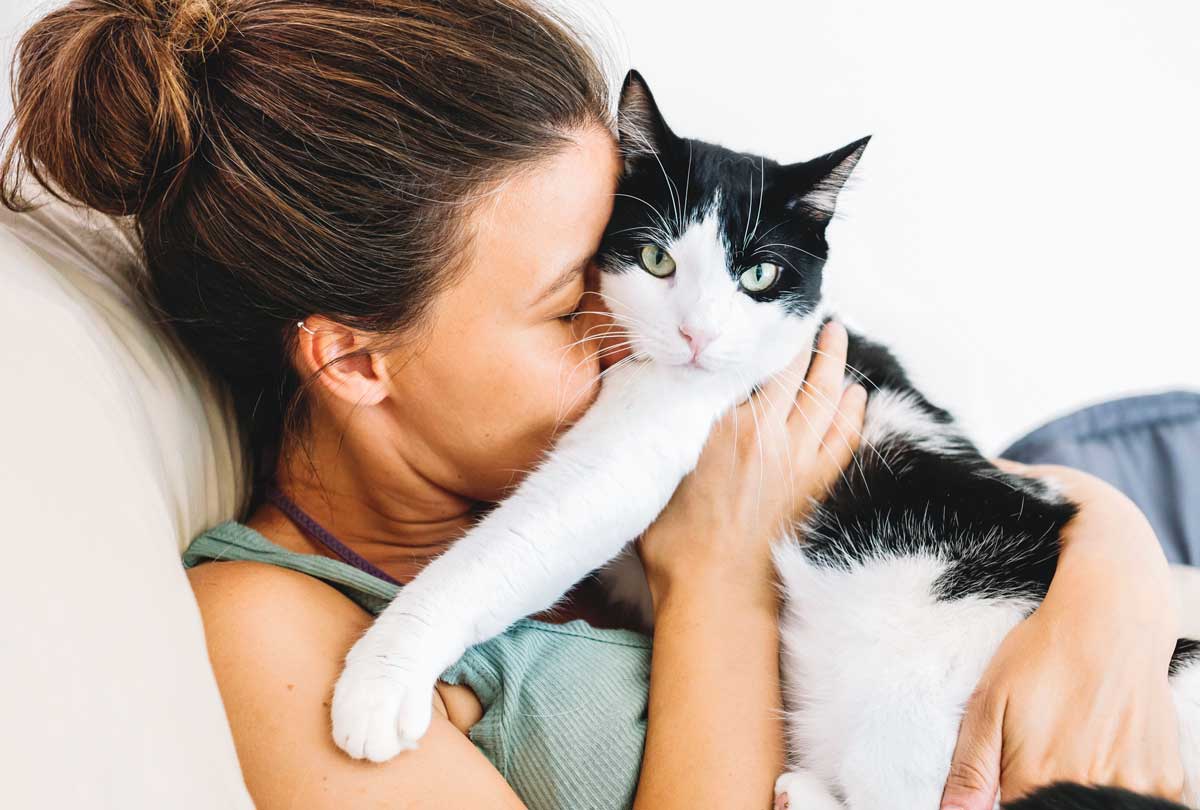What You Need to Know.
If you’re curled up on the couch, ready to stream your favorite show while petting your cat (aka the perfect Friday night), it can be alarming to discover your cat’s ears feel warm to the touch.
Have they always been this way and no big deal? Or is it something to worry about? Rather than let your mind spiral over warm cat ears, keep reading to learn what’s normal for cat ears and when to consult the vet.
6 Causes of Warm Cat Ears
1. It’s Just Your Cat Being ... Well, a Cat
Most of us have the mentality of 98.6° means it’s all good. But a normal temperature for cats is actually higher than what’s normal for us mere humans. A normal cat temp is between 101° and 102.5° Fahrenheit. Just like when you’re checking a family member for a fever, a few degrees difference can be very noticeable to the touch.
The takeaway: a healthy cat’s ears SHOULD feel a bit warm, and if your cat is otherwise acting purrfectly normal, there’s no need to fret.
2. Your Cat Is Responding to the Weather

Is it hot outside where you live? If you’ve noticed your cat’s ears getting warmer as the temperatures rise, it’s no coincidence. It’s just your cat regulating their body temperature. Cats absolutely love basking in the sun (we’re betting your cat has a favorite sunny hangout) and to help keep them from overheating, blood flow increases to their ears, nose and paws when it’s hot out so they can release excess heat.
Note: cats are pretty awesome, but they do need extra help from us during extreme heat. Follow these tips to keep your cat cool.
3. Ahchoo! (It Could Be Allergies)

Did you know that allergies are one of the most common medical conditions in cats? They can be from seasonal irritants like pollens, grasses, molds and mildew; from insects like fleas; or from foods. In addition to allergy symptoms such as sneezing, wheezing, watery eyes or excessive licking, you may notice your cat’s ears are hot and itchy. If you think your cat has allergies, talk to your vet about the best course of action.
4. Your Furball May Have a Fever

Warm or hot ears are a sign of fever in cats, but this won’t be a solo symptom. If your cat is sick, you’ll likely notice warmth on your cat’s stomach and "underarms" too, as well as any of these symptoms:
- Behavioral changes (isolating or not wanting to play)
- Change in appetite
- Vomiting or diarrhea
- Extreme lethargy
To assess for fever, a rectal thermometer is most accurate, and anything over 103° warrants a call to the vet.
**Clears throat awkwardly** If the process of using a rectal thermometer on your cat sounds like the worst thing ever, you can also run to the pet store for a special pet ear thermometer, though they're not as accurate.
5. Mites Have Taken Up Residence in Your Cat’s Ears

Like a houseguest you just can’t get rid of, mites can be a real pain in the rear ... or rather, the ear. These highly contagious parasites feast on the oils inside a cat’s ear, causing intense itching and inflammation – hence, ears that feel warm or hot to the touch.
How can you tell if your cat has ear mites? One of the big clues is discharge/wax in your cat’s ear that looks like black coffee grounds. Mites require a trip to the vet for medication.
Fast Facts About Ear Mites
6. Your Cat Has an Ear Infection
Around 1 in 10 cats will get an ear infection at some point in their lives, and in 50% of those cases, mites are to blame. Other causes of cat ear infections include dirty, overly waxy ears; food or environmental allergies; trauma such as a scratch; or something caught in the ear like a blade of grass. In addition to warm cat ears, you may notice:
- Loss of balance
- Itching & head shaking
- Foul ear odor
- Red, inflamed ears
- Abundant ear wax
- Rubbing ears on floor or furniture
Don’t hope time will heal the ear infection. Ear infections are painful for cats and can lead to damage and hearing loss if ignored.
Did you know? Keeping your cat’s ears clean is the best way to prevent costly ear infections.
But you’ll want to be extra choosy about what you use on your cat’s ears, as cleaners that are oily can contribute to a moisture problem and encourage yeast growth and infection.
You’ll also want to avoid cat ear cleaners that have alcohol and fragrances, as they can sting already "ouchie" ears and scare your cat!

Pet groomers and savvy cat parents swear by Oxyfresh Pet Ear Cleaner. This premium ear cleaner is hypoallergenic, super soothing, and sting-free with no fragrance, peroxides or alcohol, which means a better ear cleaning experience for you AND your cat.
Oxyfresh works on contact to stop the itch of ear infections, mites, and wax buildup. Plus, only Oxyfresh Pet Ear Cleaner has the power of non-toxic Oxygene® to completely neutralize foul, yeasty ear odors while breaking up stubborn wax like a champ. Use with confidence on all the pets in your home.
The Bottom Line
If your furry sweetie is otherwise healthy and acting normal, just enjoy the warm, cozy snuggles and get back to streaming your show. But if you’re seeing other symptoms besides warm cat ears, put your mind at ease by making an appointment with the vet.











